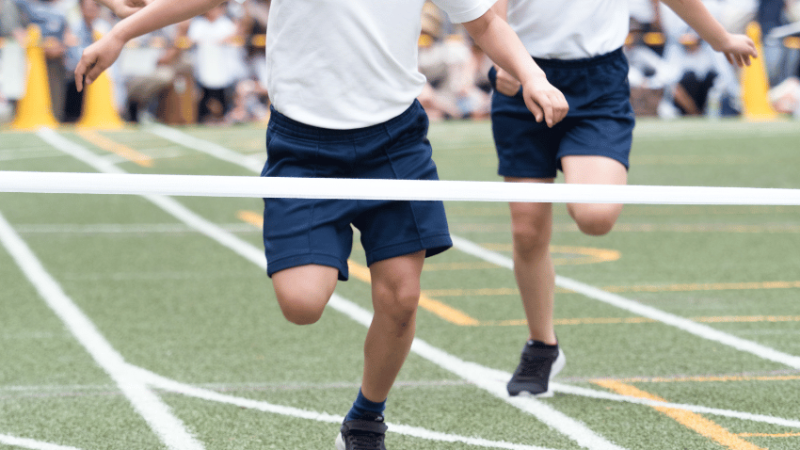Icebreaker games – 5 ideas to help children settle into their new class

Spice up your start-of-term routine with these five fun getting-to-know-you games and activities this September…

- by Teachwire
- Classroom expertise and free resources for teachers
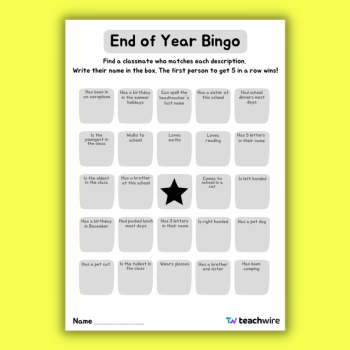
Meeting anyone for the first time can be scary. Even as adults, being confronted with a situation where you need to introduce yourself to a stranger is unnerving for most. This is where icebreaker games can help.
Nothing is worse than making a child stand up in front of the entire class and talk about themselves. Singling out students is likely to make them feel more uneasy and panicked on their first day back to school; especially if they have moved from a primary/lower school to secondary/middle school – going from the oldest in the school to the youngest.
It is vital that as a teacher, teaching assistant or supply teacher your new class feels at ease and is able to start the friend making process early on. Providing an environment where they are comfortable with their peers and enjoy school will positively impact how well they apply themselves to their learning.
Icebreaker games can be a fantastic way to ease the first day awkwardness, here are five back to school activities that will ensure a smooth start to the school year.
Icebreaker games to try in school
1 | Puzzle Pairs
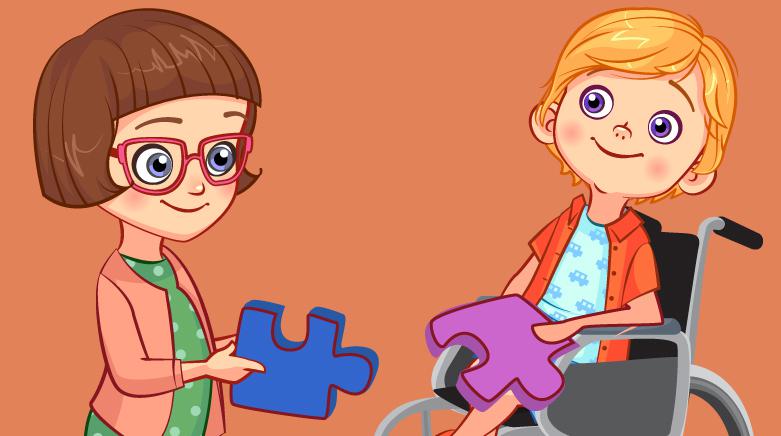
Materials: Card, scissors, pens
This activity requires some prep. Get several pieces of card, 15 for a 30 pupil class for example. You then need to cut unique puzzle shapes out of each sheet. This should give you two puzzle pieces out of each piece of card.
Once you have the pieces cut out, on one side of each write an icebreaker question. Here are a few you could use:
- What is your favourite food?
- Do you have any brothers or sisters?
- What is your favourite colour?
- Do you have a pet?
- What is your favourite animal?
- Do you have any hobbies?
The children are then given the puzzle pieces and have to try and find their matching piece, but they need to introduce themselves to every child they ask until they meet their match. When they find their partner they need to ask the question on their card and answer the one on their peer’s card.
Depending on how much time is assigned for this icebreaker, you may be able to collect the pieces, shuffle and redistribute, giving the class the chance to find out about more of their classmates.
2 | The Guessing Game

Materials: Post-it notes, pens
This game is a classic and is so popular that it was turned into an app called ‘head’s up’. But a simple post-it version would be a fantastic ice breaker for the classroom.
One child sits at the front with a post-it stuck to their head, this will have a word in a category written on it, and the child in the chair can’t know what it is.
It is the job of the rest of the class to answer questions asked by the child with the post-it in order for the Post-it wearer to reach the correct guess.
Limit it to 10 questions to keep the momentum and the answers can only be yes or no.
For example: The post-it may read “lion”. The child could ask:
- Am I a person? No
- Am I an animal? Yes
- Do I live in the cold? No
- Do I live in the hot? Yes
- Do I eat meat? Yes
- Do I have big teeth? Yes
- Am I a lion? Yes
Ask children to put their hand up to ask the questions and the person in the chair has to pick someone out of those with raised hands. The child selected has to introduce themselves and then ask their question.
For large classes you could add an element of competition. Split the class into two teams and give each team 20 Post-its and the team to get through the most within a time limit wins.
3 | Classmate Bingo
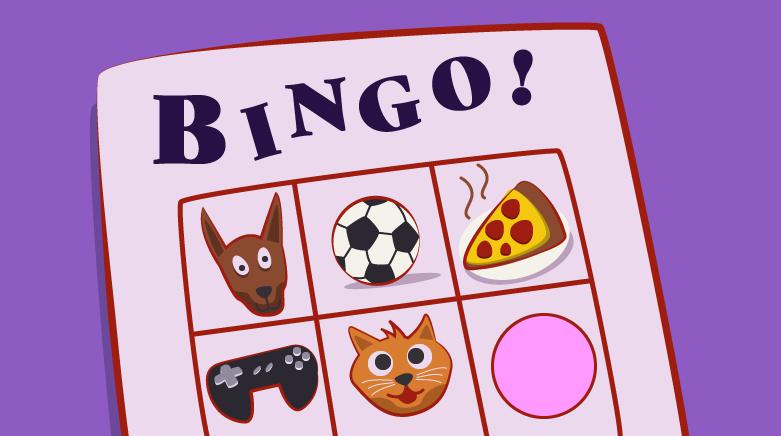
Materials: Computer, printer, paper
Motivated by the prospect of winning a prize, classmate bingo is a great way for students to find out details about other students. Create a selection of simple bingo cards, where each box will have a certain identifier, such as:
Trending
- Has a pet dog
- Plays in a football team
- Likes pizza more than chocolate
- Plays the PlayStation instead of Xbox
Hand one card to each member of the class. Then, give the class five minutes to walk around the room and try and find children that fit each identifier. Once they find someone, they need to write their name in that box on the card. The first to fill their sheet shouts bingo and receives a small prize.
The game should keep going until there are three winners. If a full sheet is too difficult to achieve, because you have a small class for example, change the rules to state that the first to complete a row wins.
4 | Draw Your Selfie
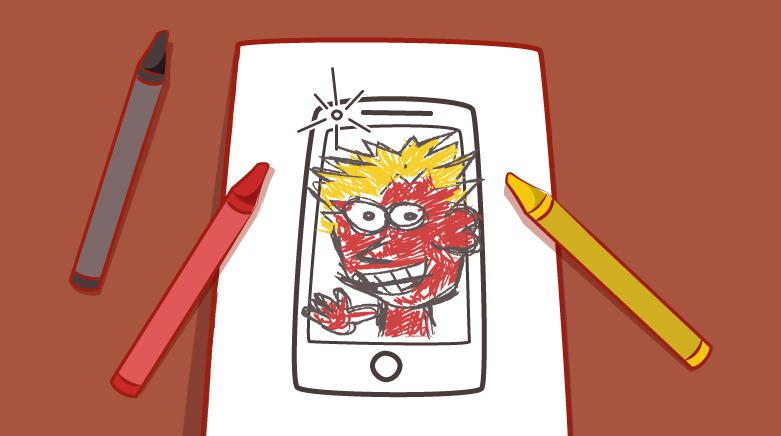
Materials: Computer, printer, paper, several sets of coloured pens
You can pique students’ interest by keeping the icebreaker games up-to-date with technological trends, but by putting your own twist on it.
Ahead of the first day prepare an A4 sheet with a smart phone outline. As the class enters get each pupil to take a sheet and draw a ‘selfie’ inside the box with an indication of one of their hobbies or interests.
When they are finished drawing, collect them all in and then go back around and give a random selfie to each student. It is then their task to match the given selfie to the creator.
Once they find their match they have to find out their name, their birthday and one interesting fact about their classmate. Once everyone has found their match you can go around and ask everyone about their matched partner.
These selfies will also make a great display board in the classroom, allowing the whole class to see everyone’s selfies for the remainder of the term.
5 | Speed ‘Meeting’
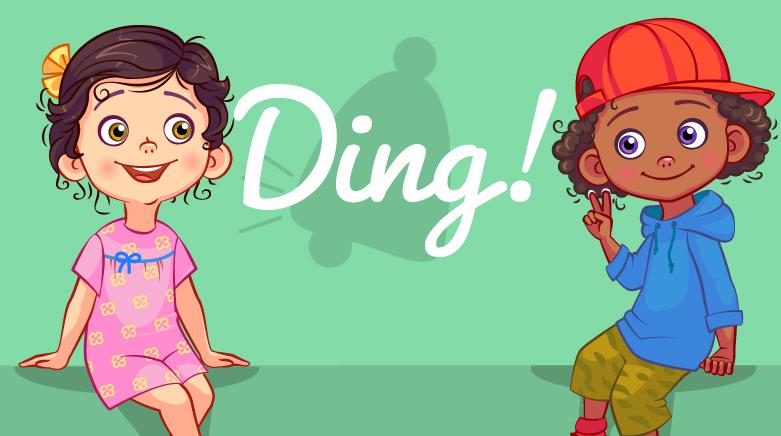
Materials: card, pens, bell, stop watch
Basically, this idea stems from speed ‘dating’. Speed meeting gives pupils a change to have 30 seconds to talk about themselves to each of their classmates and in return hear 30 seconds about them.
A bell or similar will be needed to control the meetings, the first ring indicates the end of the first 30 seconds and the time to switch speakers and the second ring indicates the end of the minute and time to switch tables.
Some pupils may struggle with what to say so providing cue cards with topics may be a good ideas to keep conversations flowing. Each card can have name, birthday and then one random question.
Each child gets to their table, says their name, their birthday and then asks the classmate across from them the question on the card. Once the session is over they swap cards with the person opposite before moving on.
Example questions for the cue cards could include:
- What is your favourite film and why?
- What is your favourite book and your favourite part in that book?
- Do you have any brothers/ sisters and if so what are their names and ages?
- Do you play any sports, if yes then which ones, if no are there any sports you would like to play?
This game gives everyone a chance to speak to every classmate rather than just one or two, allowing them to find out if there is anyone in the class that has a similar interest to them, perhaps plays the same sport or likes the same music, helping to bridge friendships.
These icebreaker games are fantastic, not only for the pupils but also for teachers. It gives some insight into your class and will maybe even give tips for future lesson plans, by including references to interests you can help keeps them engaged and enthusiastic.








